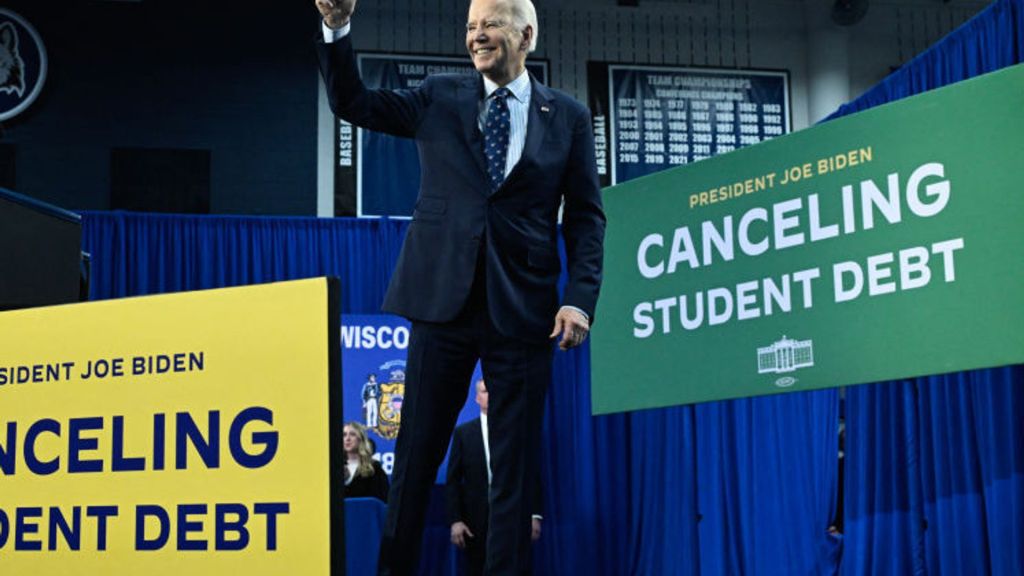
Commentary
-
Our commentary partners will help you reach your own conclusions on complex topics.
Okay, let’s talk facts. Do you want to be told a narrative or do you want to be told the truth? Do you want to know what really happened or do you want to know somebody’s false version of it? Would you like your tax dollars to go to what actually solves a problem, not going to what creates one? Let’s talk about the difference between policing and public safety.
I interviewed a police officer just a few days ago and I posed that question to him. I said, “Do you see a distinction between policing and public safety in the United States of America?” This man told me that policing and public safety are one in the same. How? How can policing and public safety be the exact same thing? Well police officers will say they’re not trained to handle certain issues that may adversely impact public safety. For example, responding to a person that may have a mental health disorder. You see, that person should not be treated like a criminal; they are in fact, a patient. And they should be treated as such.
But police officers will say they don’t have the proper training. Well, that’s a public safety dynamic, right? Let’s understand what these two are. You see, public safety is the overall goal. Your goal is to get to a place where the public can be safe. That’s your public safety model. That’s your goal. Policing is one avenue in that model. That’s one way to get there. But there are many ways you can get to better public safety.
For example, investing into programs that prevent crime. Let’s go over the numbers with policing in America. Police solve roughly 2%, a little less, of actual crimes. Police really don’t stop crime; they are reactionary agents by design. But there are some stats that show for every new cop a city hires, they effectively decreased their crime rate by 0.01%. Yeah, less than 1%. Those are numbers, those are facts, I encourage you to look them up for what it means for your local community.
Let’s talk about things that actually do work. CVI’s, CVI’s, Community Based Violence Intervention programs. These programs work. Let me give you some examples. Homicides or non-fatal shootings have been reduced by as much as 60% in areas where group violence intervention models have been implemented. That’s a big number. Let me give you more. Cities like Baltimore, New York, Philadelphia, Chicago, have each implemented a Cure Violence Program, and they have seen more than 30% reductions in shootings and killings from these programs. Oakland, California, CVI programs have helped reduce the city’s gun violence by half over a seven-year period. There’s more.
Chicago’s Cred program, which combines street outreach, coaching, which is mentoring, counseling, which is therapy, and workforce, which is a job. Okay. These are advocacy programs basically that advocate for the individual and provides wraparound services. They saw a 50%, 50% reduction in gunshot injuries among its participants in only 18 months of implementation. These stats are much better than a police officer’s ability to stop or decrease crime.
So the question is, why are we having the debate? Let’s be very clear. Public safety is your goal once again. Police well, they are part of that method to reach your goal. CVI programs are wholly underfunded, under resourced; they’re not sexy. Politicians don’t really talk about them. The numbers can get complex. Programming can be let’s say, it could take some time. But it’s worth it. Because the end result is a safer community. Which by the way, is what public safety is about.
-
How Democrats should combat Trump’s illegal takeover
In a recent “Dear Colleague” letter, Senate Minority Leader Chuck Schumer, D-N.Y., laid out a strategic roadmap for Democrats to counter the Trump administration, calling its actions a “coordinated assault” against the interests of the American people. While the Democratic minority has had little power to stop Trump’s efforts to dismantle federal agencies and expand… -
Republicans need to take a stand against Elon Musk
Elon Musk has come under heavy public criticism lately for a number of bold actions that experts say are illegal, unconstitutional and dangerous to national security. While Democrats have been pushed hard by their constituents to raise protests against Musk’s moves, Republicans in Congress have been quiet, at times even defensive of Elon Musk. Watch… -
Trump’s mass pardons of Capitol rioters undermines US democracy
Over 200 rioters serving prison sentences for their roles in the Jan. 6, 2021 attack on the U.S. Capitol have begun to be released shortly after President Trump began his second term as president. Trump issued pardons to more than 1,500 individuals, including those who had assaulted police officers. The “full, complete and unconditional” pardons… -
A lame-duck presidency awaits Donald Trump’s second term
Incoming President-elect Donald Trump enjoys the considerable advantages of Republican majorities in both the House and Senate, as well as a conservative majority on the Supreme Court and GOP control over 29 state legislatures. From a distance, it would seem that these advantages might clear the way for Donald Trump to make rapid and substantial… -
For those disillusioned by election, 2025 is the year to reengage
In the aftermath of the divisive 2024 U.S. presidential election, a majority of Republicans describe their reaction to President-elect Donald Trump’s victory as “optimistic.” On the other side, Democrats are more pessimistic about their party’s future now than at any time in the past eight years. Watch the video above as Straight Arrow News contributor…
Latest Stories
-
 Getty Images
Getty Images
Divers in Poland find $15 million worth of cocaine at bottom of Baltic Sea
-
 Egyptian Ministry of Tourism and Antiquities
Egyptian Ministry of Tourism and Antiquities
Egypt announces first discovery of royal tomb in over a century
-
 Getty Images
Getty Images
Without Ukraine, US and Russia agree to work toward ending war
-
 AP Images
AP Images
Judge denies Democrat-led effort to block Musk, DOGE access
-
 IAI
IAI
IAI’s pioneering approach to manned combat integration: Weapons and Warfare
Popular Opinions
-
In addition to the facts, we believe it’s vital to hear perspectives from all sides of the political spectrum.
Latest Opinions
In addition to the facts, we believe it’s vital to hear perspectives from all sides of the political spectrum. We hope these different voices will help you reach your own conclusions.
The opinions published in this section are solely those of the contributors and do not reflect the views of Straight Arrow News.





















Latest Commentary
We know it is important to hear from a diverse range of observers on the complex topics we face and believe our commentary partners will help you reach your own conclusions.
The commentaries published in this section are solely those of the contributors and do not reflect the views of Straight Arrow News.
Dr. Frank Luntz
Pollster and Political Analyst‘Woke’: Why some Biden 2020 voters backed Trump in 2024
‘A promise’: Cadets describe their journeys at West Point
‘A disturbing pick’: Americans debate Musk, Trump’s cabinet picks